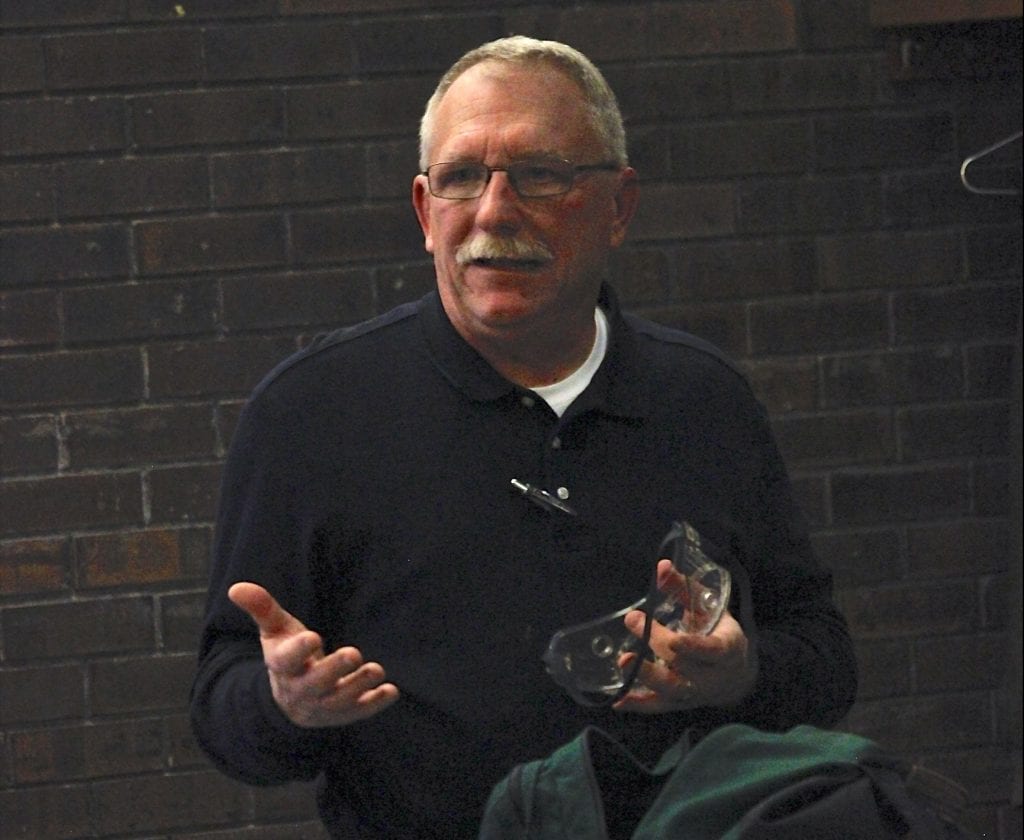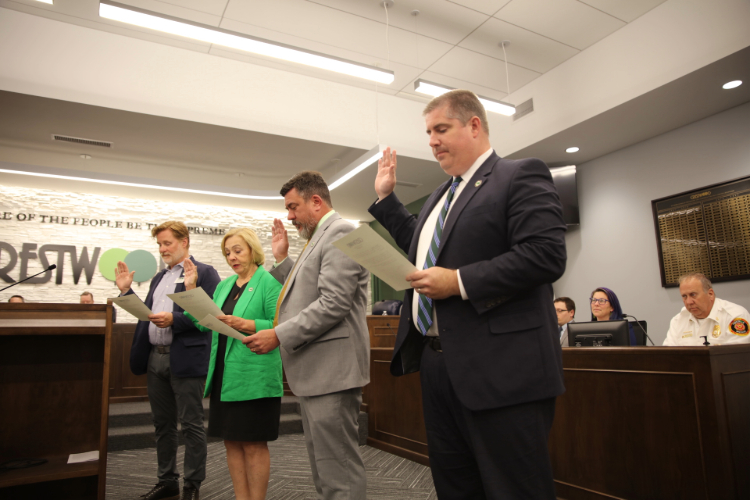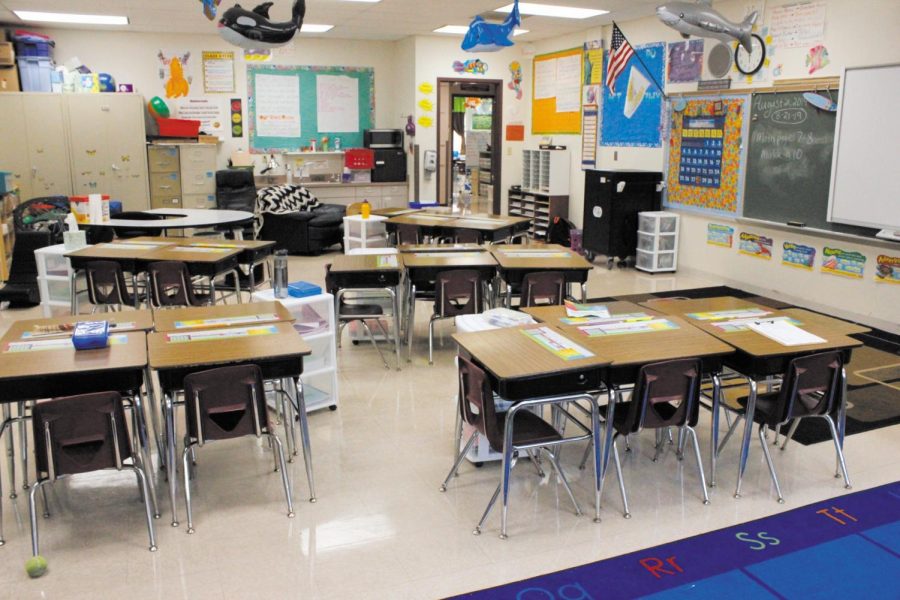Preparation is the name of the game when it comes to emergency and disaster preparedness, expert Mark Menning said in a presentation at the Crestwood Community Center in February.
Menning, the former fire chief for the Crestwood Fire Department, spent 36 years with the department and worked a number of different disasters during his time as a firefighter.
“In my career I’ve been deployed to hurricanes, floods, tornadoes, ice storms…” said Menning. “The more people were prepared, the easier it was for them to recover and get back to normal.”
According to “Ready,” a public-service campaign by the U.S. government to educate Americans on emergency preparedness, only 17 percent of the population claims that they are prepared for a disaster, despite 60 percent saying that disaster preparedness is important to them.
“The idea is to have folks be ready for 72 to 96 hours on their own without help,” said Menning. “There are three things you can do to be prepared: Create a plan, prepare a kit and then, if something happens, listen for information.”
Disasters and emergencies can occur at any time during the day or night, at home or at work. One strategy of preparedness is to make an evacuation plan for buildings and develop a place to meet. This helps emergency responders know who is missing. Menning said that if an emergency occurs while a family is not together, it is important to know beforehand where to meet up. Families should have plans for staying in place or leaving for a shelter. Everyone should know where the kit is so anyone can grab it on the way out the door.
Menning recommended learning where the water, electrical and gas shutoffs are in a home, and in the event a home is damaged and the family has to leave, it is wise to shut the gas and water off. He also stressed the importance of having an out-of-state contact since typically during a state of emergency, it is easier to get in contact with people out of state than those instate.
The former fire chief also showed an example of an emergency kit that would last 72 to 96 hours, which includes at least one gallon of water per person per day, food, first aid supplies, clothing and bedding, tools such as a wrench, hammer, screwdrivers, nails and tarp, in addition to any special items that an individual might need like medications or extra glasses, as well as cash.
“As you prepare the kits you want to have three to four days worth of food and water, a battery-powered radio, flashlights, extra batteries and a first aid-kit,” said Menning. “You want to make sure the container you use as your emergency kit can withstand some damage.”
Another recommendation is a sturdy pair of shoes or boots, preferably kept next to your bed or on your person, as well as having identification with you at all times.
“The one thing about the kit is that you’re going to need to be pretty active with it,” said Menning. “If you pack that kit away and nothing happens until July, you aren’t going to want to wear thermal underwear and jackets in July. So as the seasons change, get in there and change out the clothing and check the food and expiration dates and rotate that out as well.”
Menning recommended keeping items in Ziploc bags inside the kit in case the kit gets wet, changing out the water every six months and checking the kit yearly.
When a disaster or emergency occurred in the past, FEMA would usually come in and take charge, but that has changed.
“They figured out then they go into a community, who best knows how to run a community? The people in that community. So FEMA changed the way that the system works,” said Menning. “So now individuals in households are where things are gonna start. And that’s the level you need to be prepared at. Then it goes local until their resources are depleted, then county until they’re depleted, then state, then federal. The federal government is now the last resort.”
While local, state and federal agencies have plans, individuals still need to be responsible for their own safety in emergencies, said Menning, meaning that people need to take the time to prepare and have as much done as possible before an emergency occurs.
Some potential disasters that could affect Missouri and the Midwest region include tornadoes, flooding, ice storms, severe thunderstorms and even earthquakes, since Missouri sits on the New Madrid Fault. And emergency preparedness extends beyond natural disasters. Areas near railroads may experience chemical spills and terrorism is an on-going potential threat.
For more information on disaster preparedness, how to develop a plan and other tips, visit https://www.ready.gov/.






























